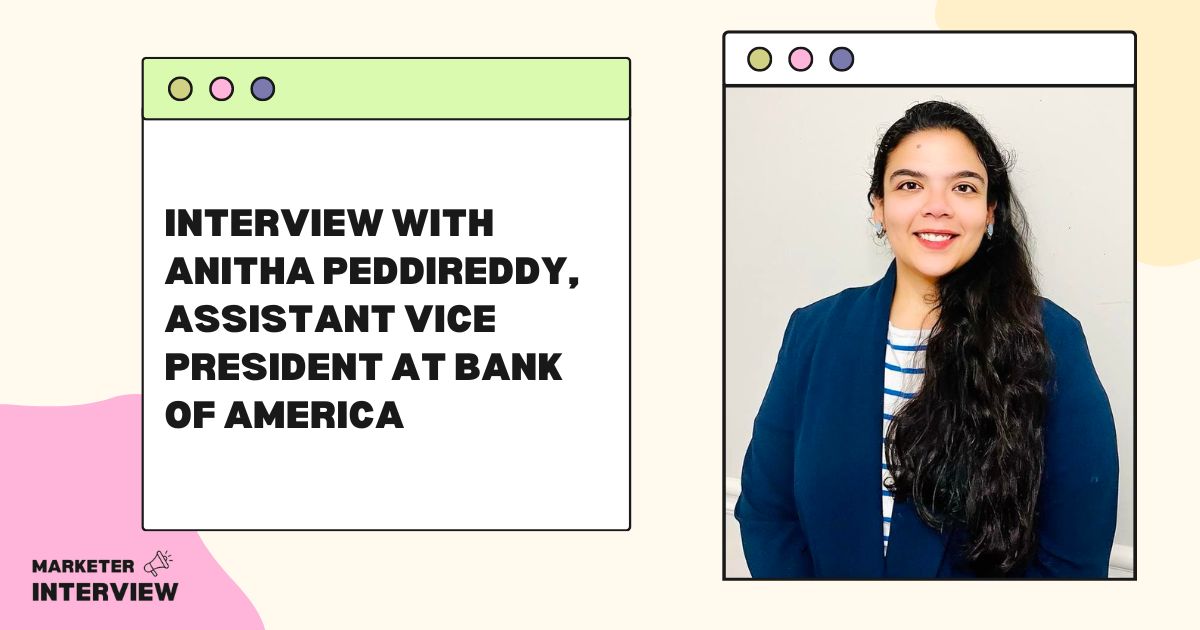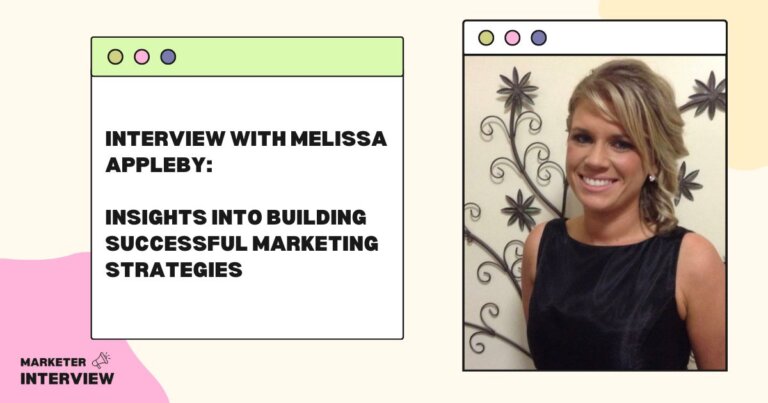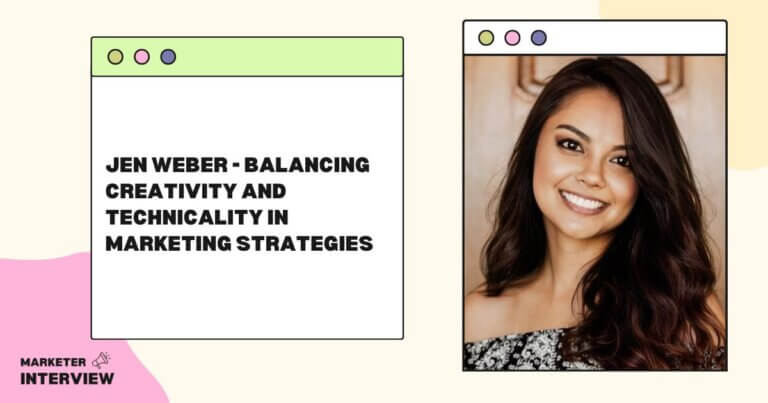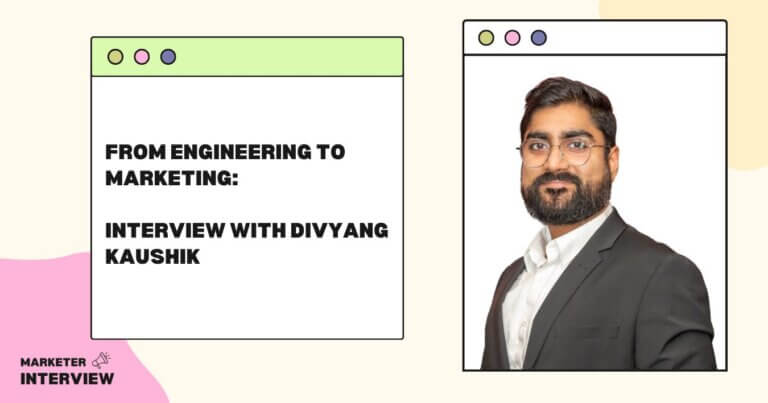Interview with Anitha Peddireddy, Assistant Vice President at Bank of America
Today, we had the pleasure of speaking with Anitha Peddireddy, the Assistant Vice President at Bank of America.
Anitha has a wealth of experience in CRM and Salesforce, including deploying and maintaining cloud-based, web-based, and SaaS applications.
She is an expert in sales, service, marketing, and CPQ and has worked extensively in developing user interfaces.
Let’s dive in and learn more about Anitha’s journey in CRM and Salesforce.
Contents
- 1 Can you tell us about your journey into the field of marketing?
- 2 How has your experience deployed and maintaining cloud-based, web-based, and SaaS applications shaped your understanding of CRM and Salesforce?
- 3 What specific challenges have you faced in your career?
- 4 Can you talk about a specific project you have worked on?
- 5 How do you stay up to date with the latest trends and updates in the field of CRM?
- 6 What tools and software do you use for your work?
- 7 Can you discuss how you collaborate and communicate with other departments or teams within your organization to achieve marketing goals?
- 8 How do you approach designing workflows, approval processes, and validation rules to optimize the efficiency and effectiveness of Salesforce?
- 9 How do you balance the needs and requirements of different users in your organization when implementing security and sharing rules at the object, field, and record levels?
- 10 Can you share any advice or tips for aspiring marketers?
Can you tell us about your journey into the field of marketing?
My journey into the field of marketing started with my passion for understanding consumer behavior and finding innovative ways to communicate with them.
As I progressed in my career, I realized the importance of data and technology in driving effective marketing strategies. That’s when I discovered my interest in CRM and Salesforce, as I saw how they could help organizations leverage their data to improve customer engagement and drive growth.
Since then, I have been focused on mastering the Salesforce platform and using it to help organizations optimize their marketing efforts.
How has your experience deployed and maintaining cloud-based, web-based, and SaaS applications shaped your understanding of CRM and Salesforce?
My experience deploying and maintaining cloud-based, web-based, and SaaS applications has given me a strong understanding of the importance of CRM and Salesforce in modern businesses. These applications are crucial for managing customer relationships and driving sales growth.
In particular, my experience with Salesforce has shown me how powerful this platform can be in helping organizations streamline their customer relationship management processes. With Salesforce, businesses can track leads, manage customer data, and automate many sales and marketing tasks.
What specific challenges have you faced in your career?
It’s essential to recognize that we don’t know everything, and there will always be situations where we may need guidance or support.
Seeking help from mentors and senior colleagues can help solve problems, provide valuable learning opportunities, and help build relationships within the organization.
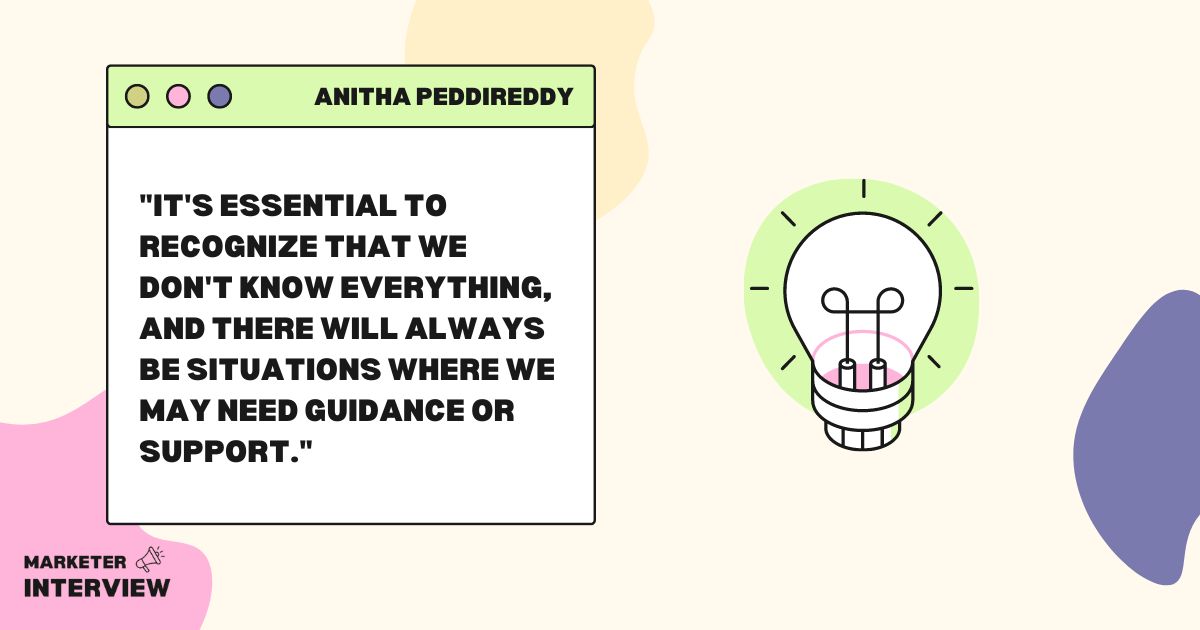
Can you talk about a specific project you have worked on?
One specific project I worked on involved integrating Salesforce CPQ (Configure, Price, Quote) with a marketing automation platform.
The client wanted to streamline their sales and marketing processes by automating their lead generation and management process and enabling their sales team to generate quotes for potential customers quickly.
We integrated Salesforce CPQ with the marketing automation platform to accomplish this, allowing for seamless lead transfer and automated lead scoring based on behavior and engagement.
We also implemented automated lead routing and follow-up workflows based on lead score and behavior. Additionally, we configured CPQ to allow for the easy generation of quotes based on product configurations and pricing rules, streamlining the sales process and reducing errors and inconsistencies in quote generation.
Throughout the project, I worked closely with the client to understand their requirements and ensure our solution met their needs. It was a challenging but rewarding project that ultimately increased efficiency and productivity for the client’s sales and marketing teams.
How do you stay up to date with the latest trends and updates in the field of CRM?
As a Salesforce professional, staying up to date with the latest trends and updates in the field of CRM is crucial.
I use various resources to stay informed, such as attending industry conferences, webinars, and training sessions. I also regularly read industry publications, follow Salesforce blogs, and participate in online forums and discussion groups.
Additionally, I keep in touch with other professionals in the field, including mentors and colleagues, to share knowledge and learn from their experiences. As a result, I am better equipped to provide my clients with the most up-to-date solutions and best practices by staying informed and continuously learning.
What tools and software do you use for your work?
Software used in Salesforce includes Salesforce CRM, Salesforce CPQ, Salesforce Marketing Cloud, Salesforce Service Cloud, Salesforce Communities, Salesforce Mobile App, Salesforce Platform App Builder, Salesforce Visualforce, and Salesforce Apex.
These tools and software help me manage customer data, automate processes, customize solutions, and improve productivity. Additionally, I use project management tools such as Jira, Asana, or Trello to track project progress and communicate with her team.
Can you discuss how you collaborate and communicate with other departments or teams within your organization to achieve marketing goals?
As a Salesforce professional with experience in marketing, collaboration, and communication are vital to achieving marketing goals.
In my experience, having regular meetings with other departments or teams, such as sales, customer service, and product development, is essential to ensuring everyone is on the same page and working towards a common goal.
Regarding collaboration tools, I have used various project management tools such as Asana, Trello, and Jira to keep track of tasks and deadlines. I have also used communication tools such as Slack, Microsoft Teams, and email to stay in touch with team members and share updates.
How do you approach designing workflows, approval processes, and validation rules to optimize the efficiency and effectiveness of Salesforce?
I follow a systematic approach to designing workflows, approval processes, and validation rules to optimize the efficiency and effectiveness of Salesforce. Here are some of the key steps I take:
1/ Understand the business processes:
Before designing any workflows, approval processes, or validation rules, I deeply understand the business processes that need to be automated. This helps me to identify the critical steps in the process and the areas where automation can provide the most value.
2/ Identify the triggers:
Once I understand the business processes well, I identify the triggers that will initiate the workflow or approval process. These triggers can be based on certain conditions being met, such as a field being updated or a record being created.
3/ Map out the workflow:
After identifying the triggers, I map out the workflow by defining the steps needed to complete the process. This includes identifying the tasks that need to be completed, the approval steps, and any email alerts that need to be sent.
4/ Define the approval process:
If the workflow involves an approval process, I define the criteria for approval and the approvers who need to sign off on the process.
I also define any escalation rules if approval is not completed within a specific timeframe.
5/ Create the validation rules:
Once the workflow and approval process is defined, I create the validation rules that ensure data integrity and consistency.
These rules can prevent users from creating invalid data, such as entering a negative number in a field that should only accept positive numbers.
6/ Test and refine:
After implementing the workflows, approval processes, and validation rules, I test them thoroughly to ensure they function as expected.
I also gather user feedback and refine the processes as needed to ensure they meet their intended goals.
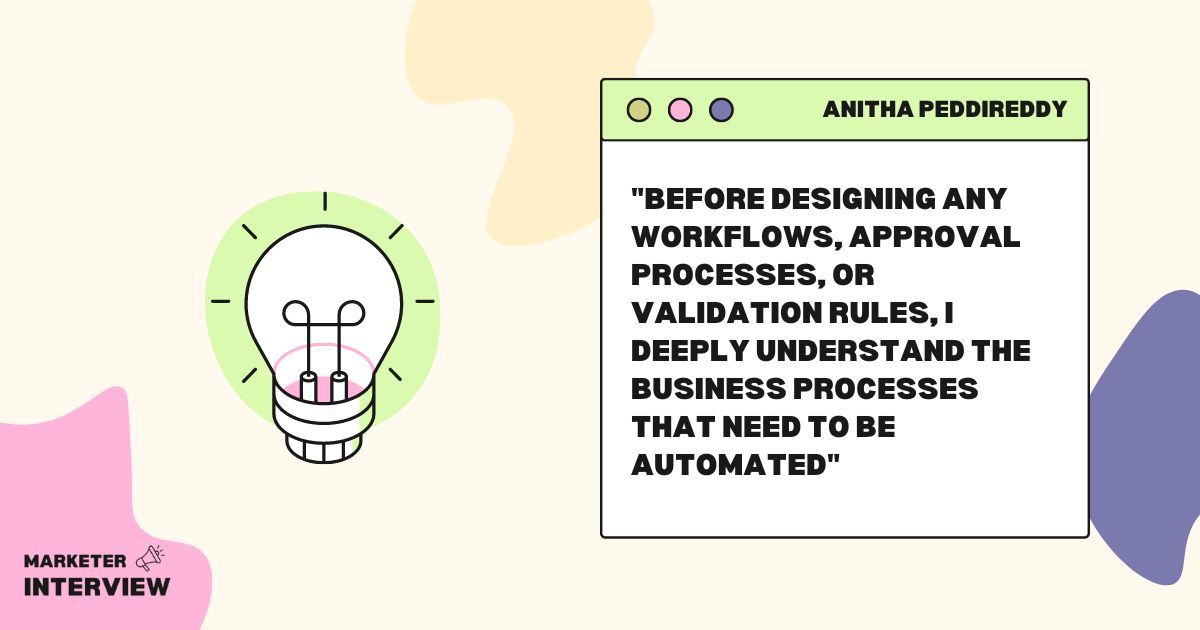
How do you balance the needs and requirements of different users in your organization when implementing security and sharing rules at the object, field, and record levels?
To balance the needs and requirements of different users in an organization, I would first gather information about each user group’s different roles and responsibilities. Then, this information would help me determine the appropriate level of access and permissions needed for each group.
Next, I would work with the stakeholders and other teams within the organization to understand the business requirements, compliance and regulatory guidelines, and best practices related to data security and privacy.
Based on this information, I would design and implement sharing rules and security controls that align with the needs of the different user groups while maintaining data security.
During the implementation phase, I would work closely with each user group to ensure their needs are being met. I would also provide training and support to ensure they understand how to use the system and the security controls.
Regular communication and collaboration with stakeholders and other teams would also be essential to ensure the security and sharing rules remain effective and relevant over time.
Learn Salesforce. Salesforce is a comprehensive solution for all CRM-related and digital transformation projects.
The Salesforce community and documentation are exceptional resources that one can follow to learn and stay updated with the latest trends and best practices. It is highly recommended for those looking to excel in marketing and CRM.
